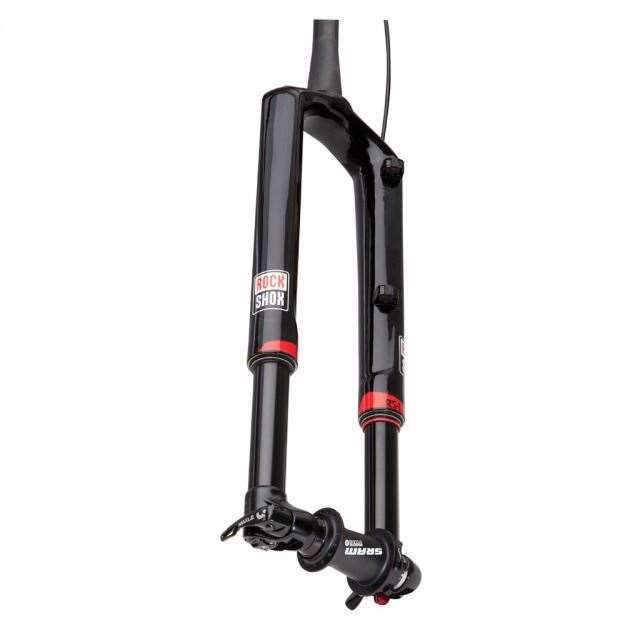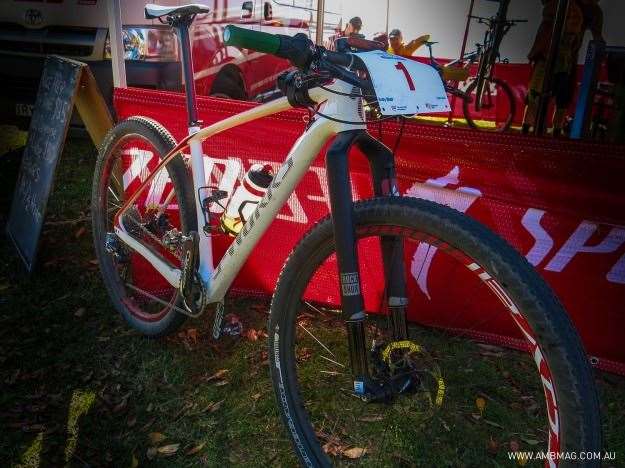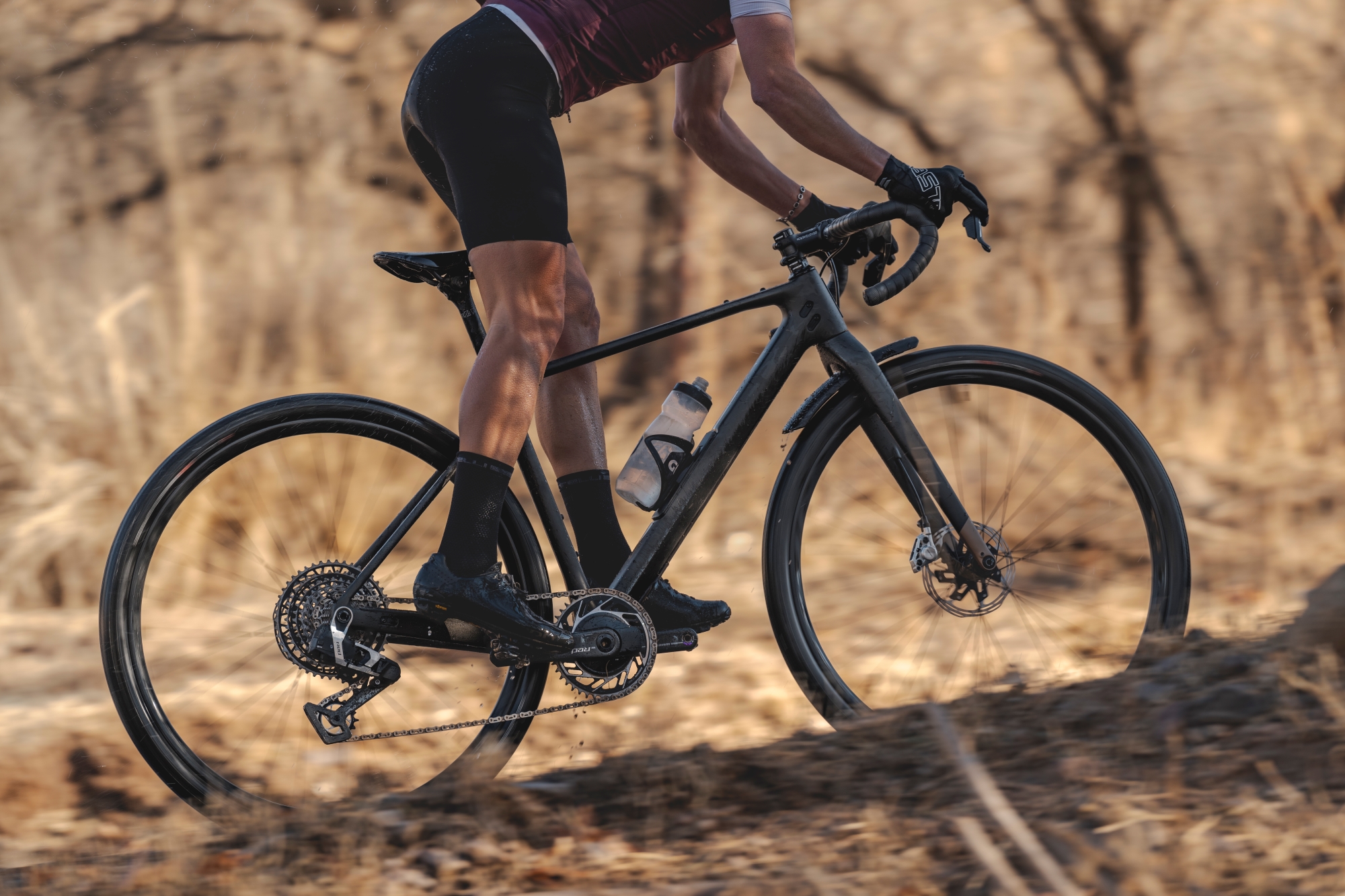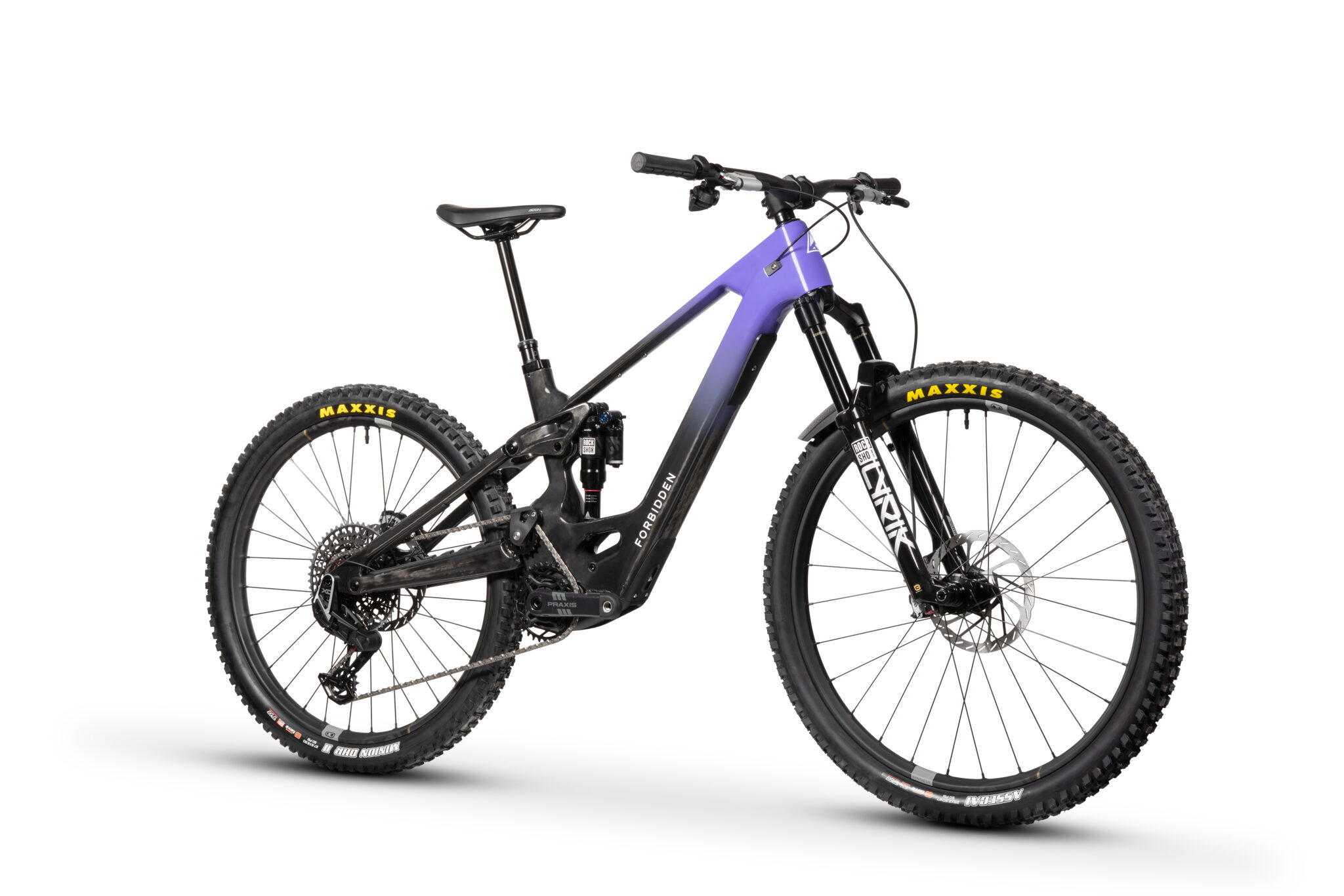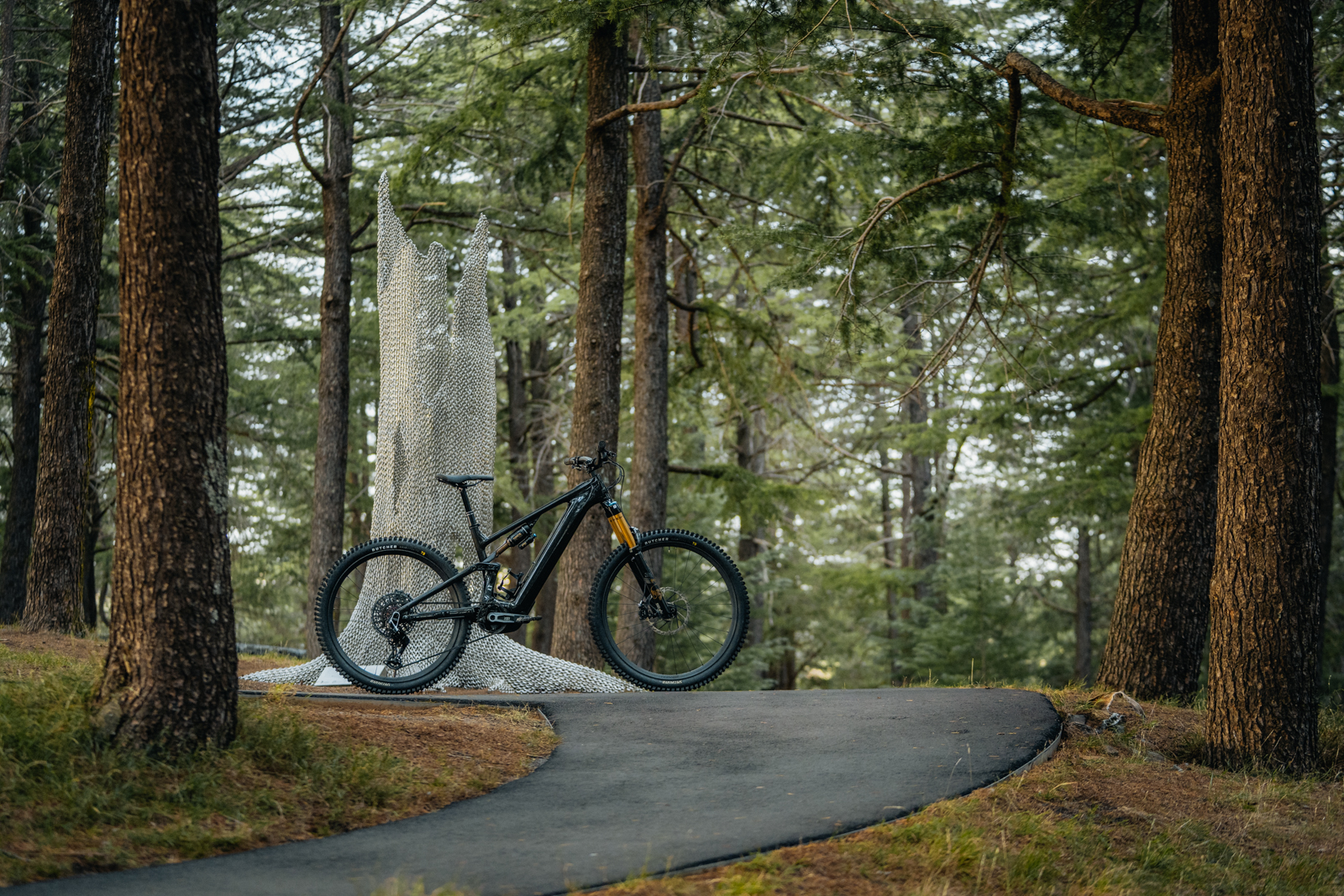ROCKSHOX RS-1 First Look
After a not overly sneaky product release, we have seen lots of images of the new Rock Shox RS1, videos of it in use, and if you have been to the right event you have probably even been able to have a good look at the new suspension fork from Rock Shox 'in the flesh' so to speak.
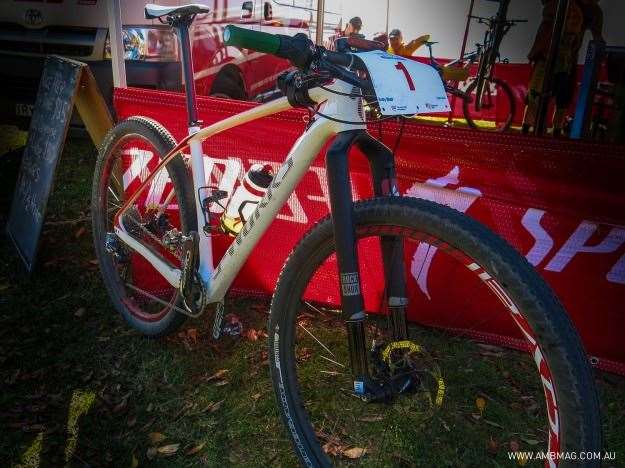
After a not overly sneaky product release, we have seen lots of images of the new Rock Shox RS1, videos of it in use, and if you have been to the right event you have probably even been able to have a good look at the new suspension fork from Rock Shox ‘in the flesh’ so to speak.
The name is far from new, as it’s the same name Paul Turner used for his original suspension fork, and the concept isn’t new either. Upside down suspension forks have been in use for a long time, both in and out of the mountain bike industry. But for one reason or another, they were never quite fit for purpose. Rock Shox now seem to have it dialled with the RS-1.
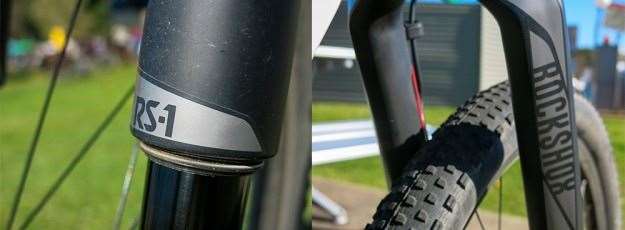
At the recent Port to Port MTB race, Andrew Blair (Swell-Specialized) was using the new fork on his S-Works hardtail. With about a week of riding on the setup, he was more than happy to take it to this new event – a sister event for the Cape to Cape in Western Australia.
“I intentionally didn’t read any of the marketing spin or test riders reports as I wanted to make my own opinion. On my first ride I couldn’t believe the small bump compliance. The first bit of travel is so supple it felt like there was just so much more grip. On slippery and off camber corners it’s just awesome at keeping the tyre on the ground”
But as a race fork, it needs to work at a range of speeds – would something so supple dive around too much?
“At high speed the suppleness allows you to have a bit more control, and you attack stuff with a bit more confidence. With it on my hardtail, it really does bridge the gap between this bike and my dually, in terms of how it makes me feel on the downhills, and the comfort.”
The RS-1 relies on a specific front hub – not a standard QR15 or 20mm hub – but using a ‘Torque Tube’ oversized hub to hold the lowers together using a Maxle. For other brands using inverted designs, stiffness has been the downfall. A new standard seems like the last thing the mountain bike industry needs, but it’s required to make this fork offer what it can. The range of options isn’t huge right now, but SRAM have some offerings, and DT have hubs on the way too. Other hub manufacturers will certainly follow. The take up of XX1 drivers was pretty quick afterall.

“It’s a new hub standard so I couldn’t just grab my Roval race wheel. At short notice I was only able to grab a 32 hole hub, so I’m running the old Roval carbon rim, with the beadhook.” Andy assured us 24 hole hubs were on the way so he could have some of the lighter beadles Roval rims laced up for his race wheels.
“Right now there’s a slight weight penalty with 8 extra spokes, but for the extra control its definitely worth it.”
The RS-1 is still not a common fork, and Blair has one of a handful of forks in Australia. Although he runs two Specialized S-Works bikes, both a dual suspension S-Works Epic World Cup, and the S-Works hard tail – he has just one RS-1 fork.
“I think I’ll probably be swapping this fork between my two bikes for a little while – the ride difference is worth the trouble until I can get another pair for my dually.”
So are you tempted? It sounds like a fork that must be ridden to be appreciated. And with a price of over $2000, it’s quite a push. Thankfully, the increasing number of ‘Demo Days’ that different bike brands are offering might mean you can try the RS-1 on a high end bike, before laying down a hefty sum to equip your bike with it.
